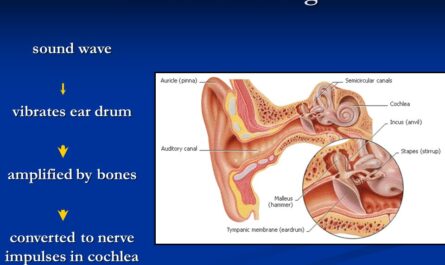Researchers at Duke-NUS Medical School have made a groundbreaking discovery, developing new light-sensitive potassium channels that can effectively turn off brain cells with light. This finding opens up new opportunities to investigate brain function and could lead to significant advancements in understanding neurodegenerative and psychiatric disorders such as Parkinson’s disease and depression.
Optogenetics is a revolutionary technique that involves bioengineering specific cells to include light-sensitive proteins, acting as switches to control their electrical activity. The team’s research, published in Nature Communications, demonstrates that these light-sensitive potassium channels, known as kalium channelrhodopsins, can be used to regulate brain-cell activity in fish, worms, and flies.
Dr. Stanislav Ott, Senior Research Fellow with Duke-NUS’ Neuroscience and Behavioral Disorders Program and the first author of the study, explained, “These potassium channels act like tiny gates on cell membranes. When exposed to light, these gates open and allow potassium ions to flow through, helping to quiet the activity in the brain cells.”
Potassium ions are crucial for normal electrical function in all human cells, and potassium channels are specialized proteins present in cell membranes that regulate their flow. They are essential for nerve-impulse transmission, neurological disorders, muscle contraction, and cellular-fluid balance maintenance.
Associate Professor Adam Claridge-Chang from Duke-NUS’ Neuroscience and Behavioral Disorders Program and the senior author of the study, stated, “We’ve developed other remote-control switches previously, but we’ve found these potassium channels to be even more versatile, providing a valuable tool to study brain function.”
When triggered by light, the new kalium channelrhodopsins allow potassium ions to leave a neuron, altering the electrical gradient across the membrane. This change, known as hyperpolarization, makes it challenging for the neuron to generate an electrical signal called an action potential. Without action potentials, a neuron’s communication with other cells is significantly suppressed or even silenced.
The ability to silence brain cells using light-triggered potassium channels offers exciting possibilities for studying the intricate interactions between different brain regions. It also presents a promising approach for exploring the pathological mechanisms underlying neurodegenerative, neurodevelopmental, and psychiatric disorders. These tools will help scientists gain a deeper understanding of the brain and pave the way for more effective treatments for brain disorders.
Professor Patrick Tan, Senior Vice-Dean for Research at Duke-NUS, commented, “Unlocking the mysteries of the brain remains one of science’s greatest challenges. Research like this by Adam Claridge-Chang and his team equips scientists with better tools to study the intricate communication that goes on in the human brain and is essential to advancing our understanding of both healthy brains and neurological disorders.



